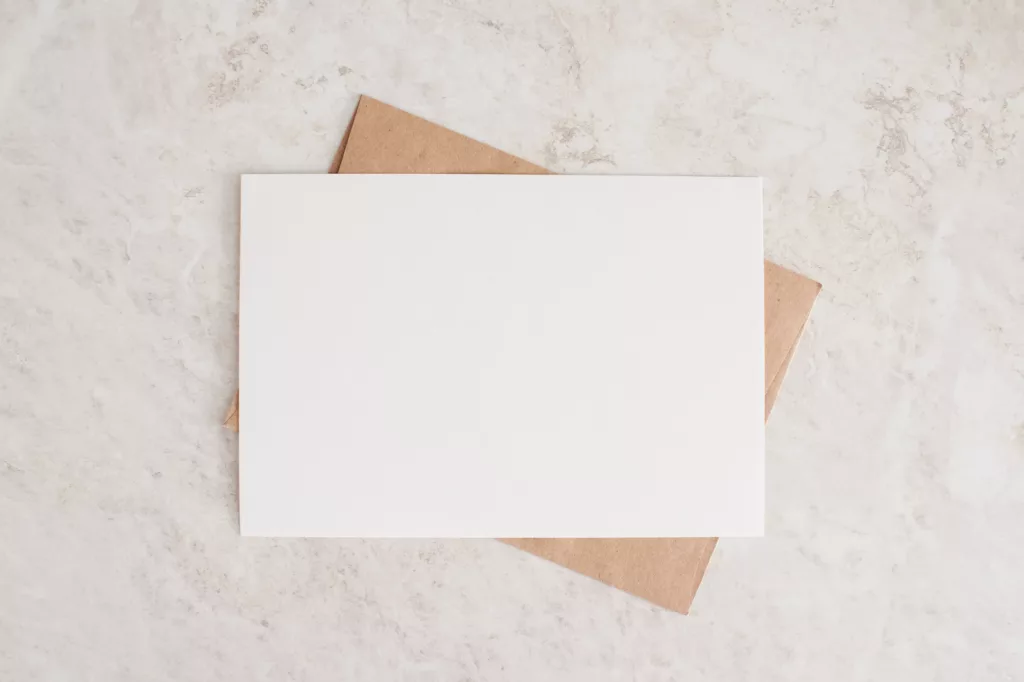
In this article, we invite you on a journey through time to discover the origins of paper.
Take the time to learn more about its appearance in our history, its manufacturing process, and most importantly, why it has become one of the ideal choices for more environmentally friendly packaging.
For a long time now, paper has been a part of our daily lives. Whether it’s for writing, printing, drawing, or even packaging products. But do you really know where it comes from and why it is now considered an essential material, particularly in the field of packaging?
The origins of paper: A millennia-old story
First traces of paper in China
The history and origins of paper begin about 2,000 years ago in the East, specifically in China. During the Han dynasty, a government official named Cai Lun made a significant advancement in writing materials. Before his invention, people mainly used materials such as silk, bamboo, or linen for writing. But Cai Lun created a new type of material from old rags, tree bark, and plant fibers. The advantage? It was more economical and, above all, more practical.
The spread of papermaking to the West
Such a discovery couldn’t remain secret for long! Unsurprisingly, this knowledge gradually spread across Asia, the Middle East, and finally Europe. By the 12th century, the first paper mills were established. This new material then became essential in the dissemination of knowledge and the arts.
Paper as a raw material? A natural choice!
Wood, the primary source of fiber
Nowadays, paper is mainly made from wood. To manage natural resources better, the wood used is carefully selected and subjected to strict controls, particularly with FSC certification.
Trees like pine, spruce, or poplar are often favored because of their high cellulose content. This natural fiber, once extracted, becomes the basic ingredient of paper.
Recycled fibers: An increasingly eco-friendly alternative
But papermaking isn’t limited to wood alone. One of paper’s advantages is that it can also be made from recycled fibers. By recovering used paper and turning it into new pulp, the need to cut down new trees can be drastically reduced. Unfortunately, the fibers aren’t renewable indefinitely. After several treatments, they become too short to create new paper.
Papermaking: A simple and efficient process since its origins
From fiber pulp to white sheet
Once the fibers are extracted, they are mixed with water to form a pulp. Of course, the quality of this pulp will depend on the fibers used and the amount of water.
To form it, the pulp is spread on a screen and pressed to remove excess water. Next, the future paper needs to be dried and smoothed before being cut into sheets or rolls ready for use.
Over time, papermaking techniques have naturally evolved to be more efficient and less energy-consuming.
Today, various innovations in the industry allow for the production of high-quality papers while reducing energy and water consumption, making the process more sustainable.
Paper in your packaging: A strategic choice
Why choose paper for your packaging?
Paper is an ideal solution for packaging dry goods. In addition to being lightweight and flexible, it is also easily customizable. Moreover, paper can be printed, cut, and folded into a multitude of shapes and sizes, making it an extremely versatile material.
If you’d like to know more, read our previous article on the advantages of paper in the packaging sector.
The ecological advantages of paper
One of paper’s main strengths is its recyclability and biodegradability. Unlike plastics that can take centuries to decompose, paper naturally breaks down in a few weeks without leaving harmful traces in the environment. Especially when other components are designed to be more environmentally friendly, like solvent-free glues or water-based inks.
Paper: An asset for the future of packaging
The importance of eco-design
In a context where consumers and regulations are increasingly demanding sustainability, eco-design is becoming a necessity. And paper, with its renewable and recyclable nature, fits perfectly into this approach. It allows companies to meet customer expectations while reducing their ecological footprint.
Paper, a competitive material for the packaging of tomorrow
The packaging market is evolving rapidly, and there is a growing demand for sustainable materials. Paper, with its ecological properties and ability to evolve with technological innovations, is well-positioned to remain a key player in this sector. By choosing paper packaging, companies can not only enhance their brand image but also contribute more broadly to environmental protection.
Conclusion
EIn a few words, we could say that paper is both a common and highly valuable material.
More than just a writing or packaging material, it is the result of a long history of innovation. In the packaging industry, it represents a sustainable and efficient alternative to highly polluting materials like plastic.
A true bridge between tradition and modernity, paper appears to be an obvious choice for companies seeking more eco-friendly solutions.

